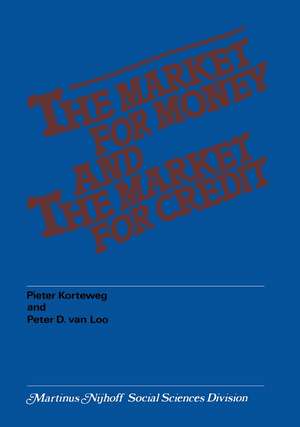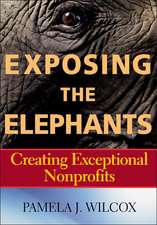The market for money and the market for credit: Theory, evidence and implications for Dutch monetary policy
Autor P. Korteweg, P.D. van Looen Limba Engleză Paperback – 31 iul 1977
Preț: 631.40 lei
Preț vechi: 742.82 lei
-15% Nou
Puncte Express: 947
Preț estimativ în valută:
120.82€ • 129.20$ • 100.74£
120.82€ • 129.20$ • 100.74£
Carte tipărită la comandă
Livrare economică 18 aprilie-02 mai
Preluare comenzi: 021 569.72.76
Specificații
ISBN-13: 9789020706857
ISBN-10: 9020706853
Pagini: 120
Ilustrații: XIV, 106 p.
Dimensiuni: 152 x 229 x 6 mm
Greutate: 0.17 kg
Ediția:Softcover reprint of the original 1st ed. 1977
Editura: Springer Us
Colecția Springer
Locul publicării:New York, NY, United States
ISBN-10: 9020706853
Pagini: 120
Ilustrații: XIV, 106 p.
Dimensiuni: 152 x 229 x 6 mm
Greutate: 0.17 kg
Ediția:Softcover reprint of the original 1st ed. 1977
Editura: Springer Us
Colecția Springer
Locul publicării:New York, NY, United States
Public țintă
ResearchCuprins
1. Introduction.- 2. The markets for money and credit in an open economy.- 2.1. The balance sheets.- 2.2. The supply of money and credit: proximate determinants.- 2.3. The demand for and supply of money and credit: ultimate determinants.- 2.4. Money and credit: a summary of the model and some policy implications.- 3. The Dutch money and credit market: an empirical analysis 1961-I – 1972-IV.- 3.1. Introduction.- 3.2. Regression results.- 3.3. Behavioral elasticities.- 3.4. Policy implications.- 4. Summary and conclusions.- Appendix: Description of the data and list of instrumental variables.- References.- Notes.- Index of names.- Index of subjects.





